Steamtown National Historic Site, once known as Steamtown USA, has a captivating history. Its journey from one man’s vision in New England to a National Park Service railroad museum in Pennsylvania is marked by highs and lows, attracting both advocates and critics.
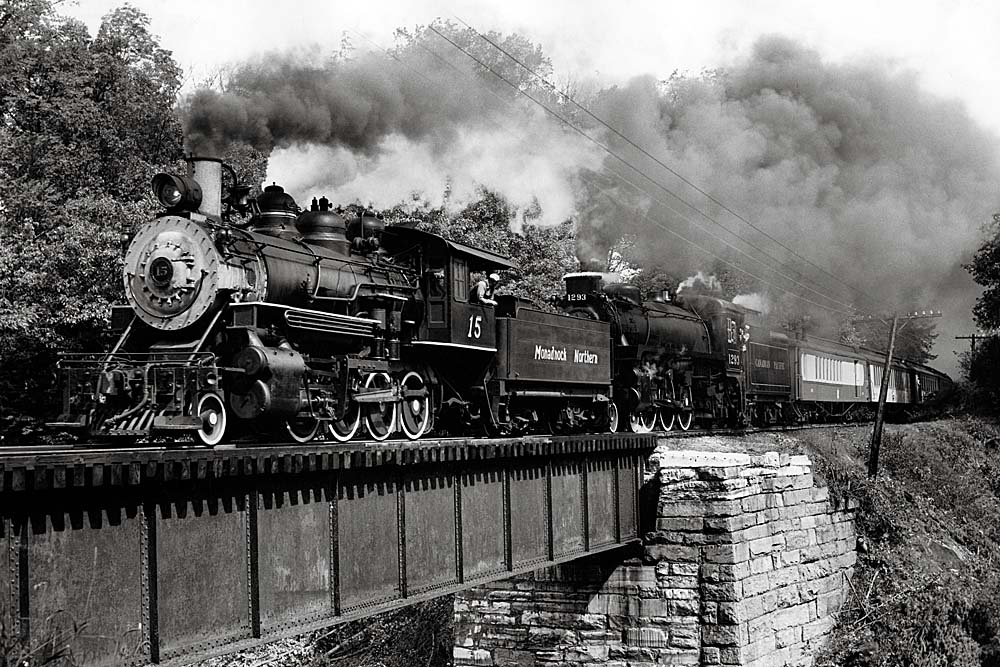
The Vision of F. Nelson Blount
Francis Nelson Blount Jr. was the driving force behind Steamtown’s founding and its collection of historic steam locomotives and rolling stock. A Rhode Island-born rail enthusiast, Blount made a fortune in the seafood business, giving him the means to realize his dreams.
Blount’s venture in steam preservation began in 1955, when he purchased the 2-foot-gauge Edaville Railroad in South Carver, Mass. This awakened an interest in finding and acquiring standard-gauge locomotives at a time when railroads transitioned from steam to diesel. With lifelong friend and business partner Fred Richardson at his side, Blount acquired Boston & Maine 2-6-0 No. 1455 and a handful of passenger cars. By 1961, his collection incorporated 20 steam locomotives sitting on a 10-acre B&M yard in North Walpole, N.H. His vision to save as much as possible was about to become something bigger.
Steamtown USA would be a museum with a working roundhouse and backshop, a tourist railroad called the Monadnock, Steamtown & Northern, and a replica New England-style village. The initial plan was to have the complex located in Keene, N.H., along the Claremont Branch, with public funding from the state of New Hampshire. When support from the latter fell through, Blount changed course.
A new site was chosen in Bellows Falls, Vt., near the Connecticut River. The collection was relocated by 1963 for the infrastructure of Steamtown USA to take root. At the same time, Blount established the Steamtown Foundation to oversee the museum’s equipment, operations, and funding.
On Aug. 31, 1967, Blount, an experienced pilot, was flying from Steamtown, USA in Bellows Falls to his home in Dublin, N.H. His new, single-engine Maule Rocket crashed in a field near Marlborough, N.H., during an emergency landing caused by fuel exhaustion. Blount died in the accident. He was 49. Steamtown’s founder and champion was gone, leaving the complex and foundation to fend for itself.
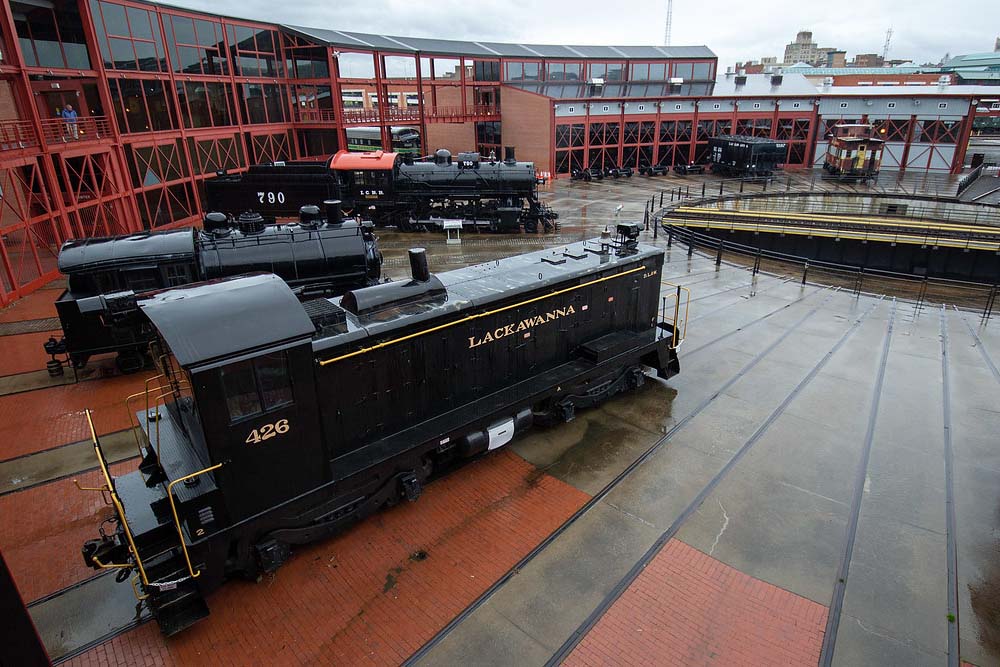
From Bellows Falls to Scranton
Steamtown USA forged ahead through the late 1960s and into the early 1980s as structures to house most of the collection were built. Steam excursions out of Bellows Falls were also possible, thanks to Blount having arranged to lease the branch line of the former Rutland Railroad on April 3, 1964 — the line operates today as the short line Green Mountain Railroad under Vermont Rail System. Yet the location had a myriad of problems.
Vermont’s unforgiving climate took a toll on the unprotected equipment. The political climate wasn’t any better when it came to support from state and local governments. The location, far off tourism’s beaten path, made attracting visitors difficult. Steamtown only saw 17,000 visitors in 1981. It was time for another change in scenery.
The search was on to find a new home for Steamtown USA, with sites explored in New York and Florida. The foundation ultimately decided on Scranton, Pa. It had a 40-acre yard of the former Delaware, Lackawanna & Western Railroad, complete with a roundhouse and maintenance facility; 13 miles of available track to operate excursions to Moscow, Pa., along the former Lackawanna mainline; nearby metropolitan areas in the Northeast region; and support from local business leaders with a $2 million local fund-raising campaign in 1983.
The move from Bellows Falls to Scranton began in January 1984. It would take two years for the relocation to be completed.
A national historic site
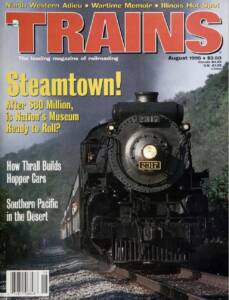
Despite what looked to have been greener pastures, the honeymoon in Scranton was short-lived as the Steamtown Foundation struggled financially to keep steam-powered trains running, lights on, and doors open. Bankruptcy was on the horizon for the private institution. What happened next can be best described as a series of controversies.
In 1986, the call was made to U.S. Congressman Joseph M. McDade of Pennsylvania. The solution was an unorthodox legislation to transform the private Steamtown USA into a historic site under the National Park Service. After a year-long, heated political slog, the NPS opened its newest unit on July 1, 1988: Steamtown National Historic Site. Later that year, the Steamtown Foundation was dissolved with ownership of the collection transferred.
More work needed to be done, especially with crumbling infrastructure at the former DL&W facility. About $80 million — $66 million being in federal capital funds — were invested in hazardous material cleanup, plus to rehabilitate and build a welcome center, theater, history and technology museum, 13-stall functional roundhouse, and station. Controversy dogged the project with high expenditures coupled with delays in the project.
Nevertheless, Steamtown National Historical Site hosted its grand opening of the revitalized facility in July 1995. It continues to fulfill its mission:
“Preserve, interpret, and protect the history of steam railroading in America including the historic railroad yard, collections, technical knowledge, and skills that further the public understanding of the impact of steam railroading on U.S. industry, commerce, and society.”
— Updated May 21, at 3:30 p.m. CT with correct information of the Edaville Railroad being from South Carver, Mass.






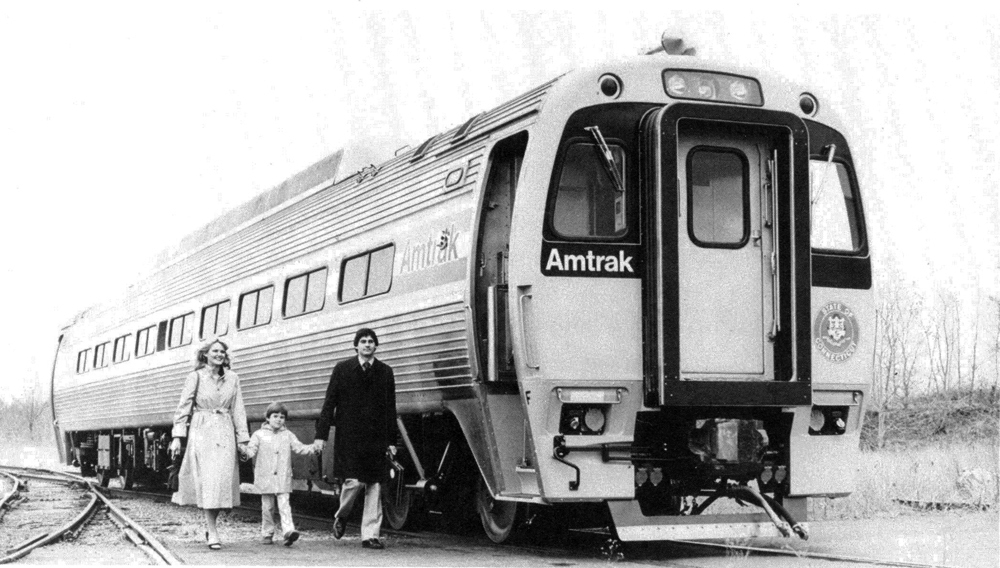
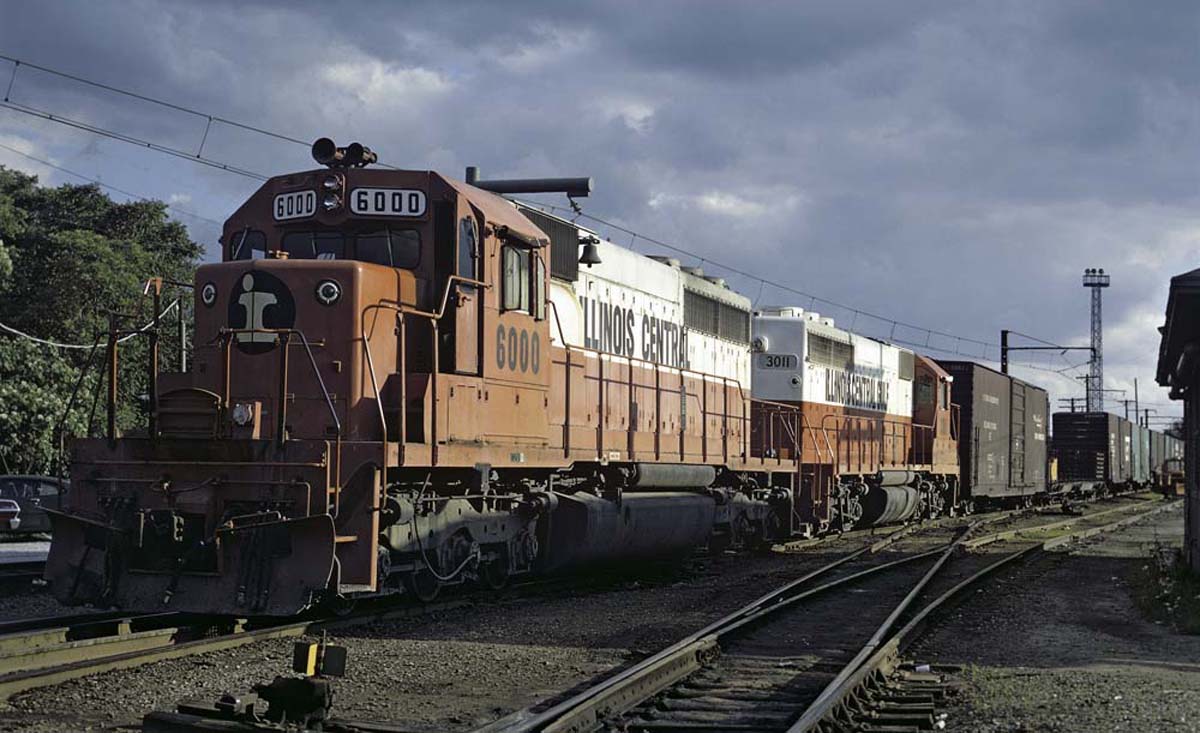
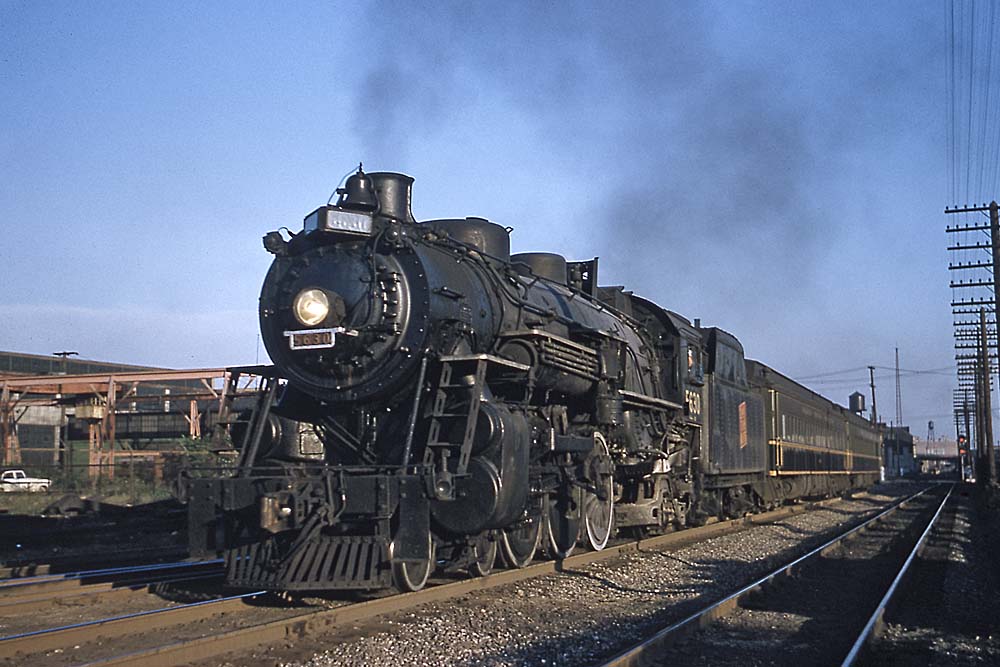
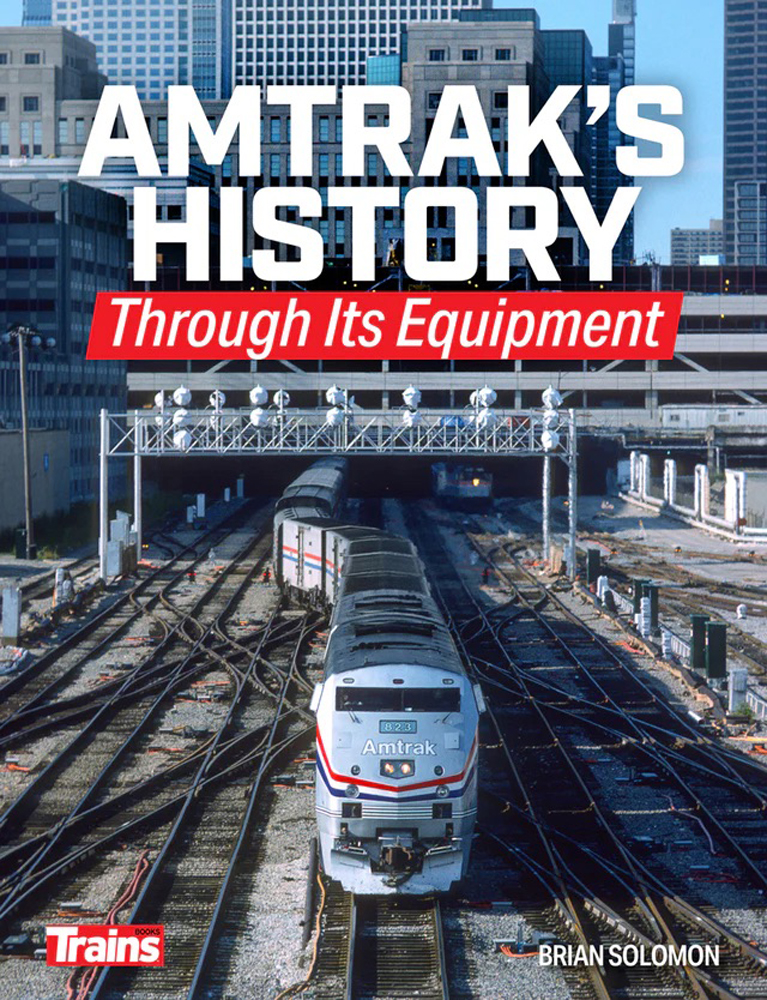

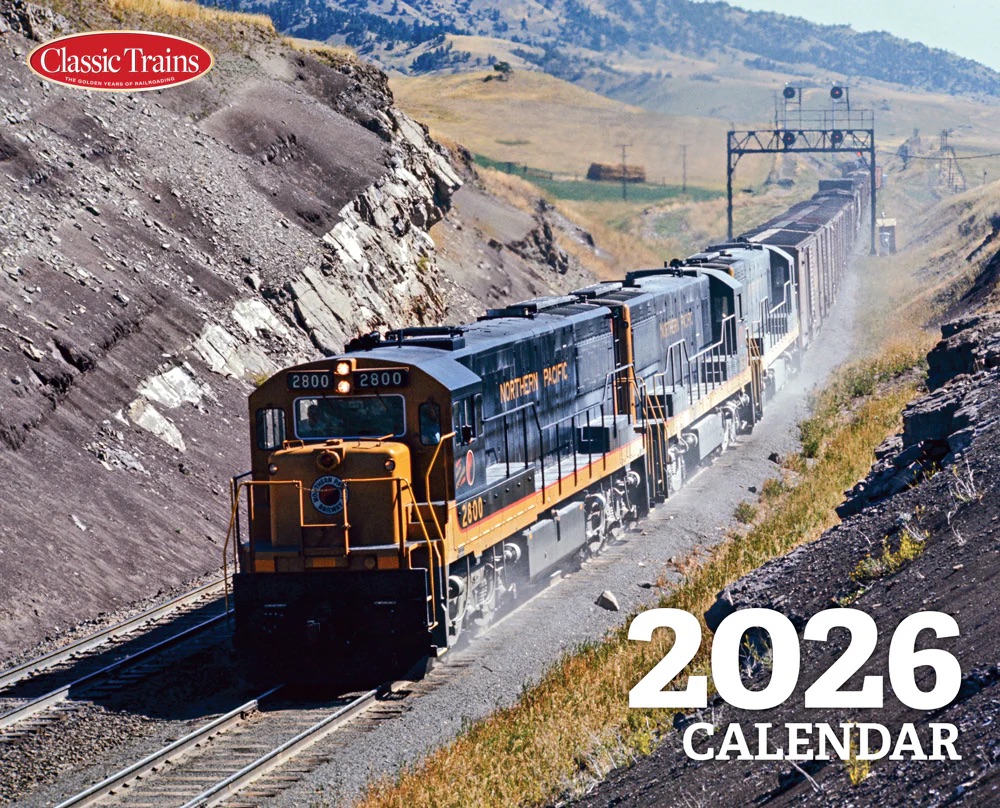
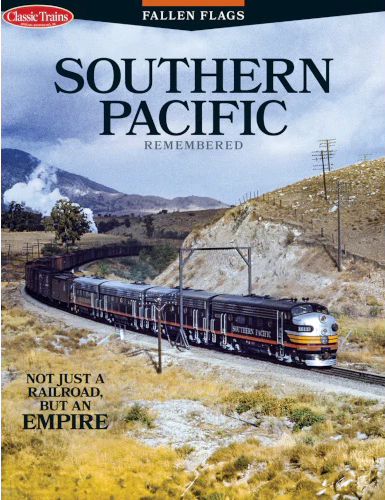
Will Steamtown survive in this age of drastic Federal Government cutbacks?
Steamtown averages about 75,000 visitors a year. By contrast, Golden Spike National Historic Site in Utah averages abut 38,000 visitors a year, and most of them in or around May 10th, (with nearly 40,000 in the three days surrounding the 150 Anniversary of the event) the anniversary of the driving of the Golden Spike at Promontory Summit, approximately 35 miles west of Brigham City, UT, the closest large city and 87.3 miles from Salt Lake City, UT.
Visitation may be low because both are out of the way places. But both are historically significant to the industrialization of the United States, with the driving of the Golden Spike for the Transcontinental Railroad often compared to Apollo 11 landing on the Moon in historical significance to the US. I doubt either site needs to worry about its funding…